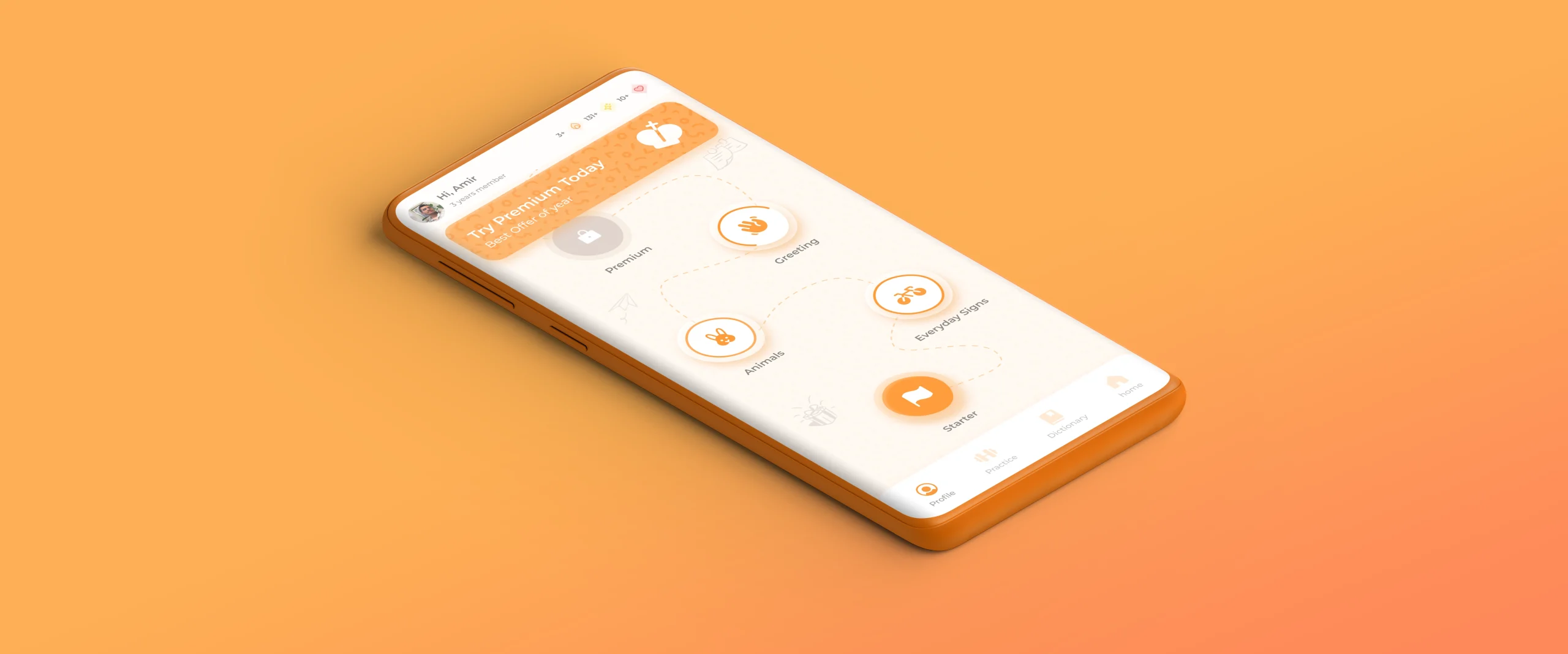




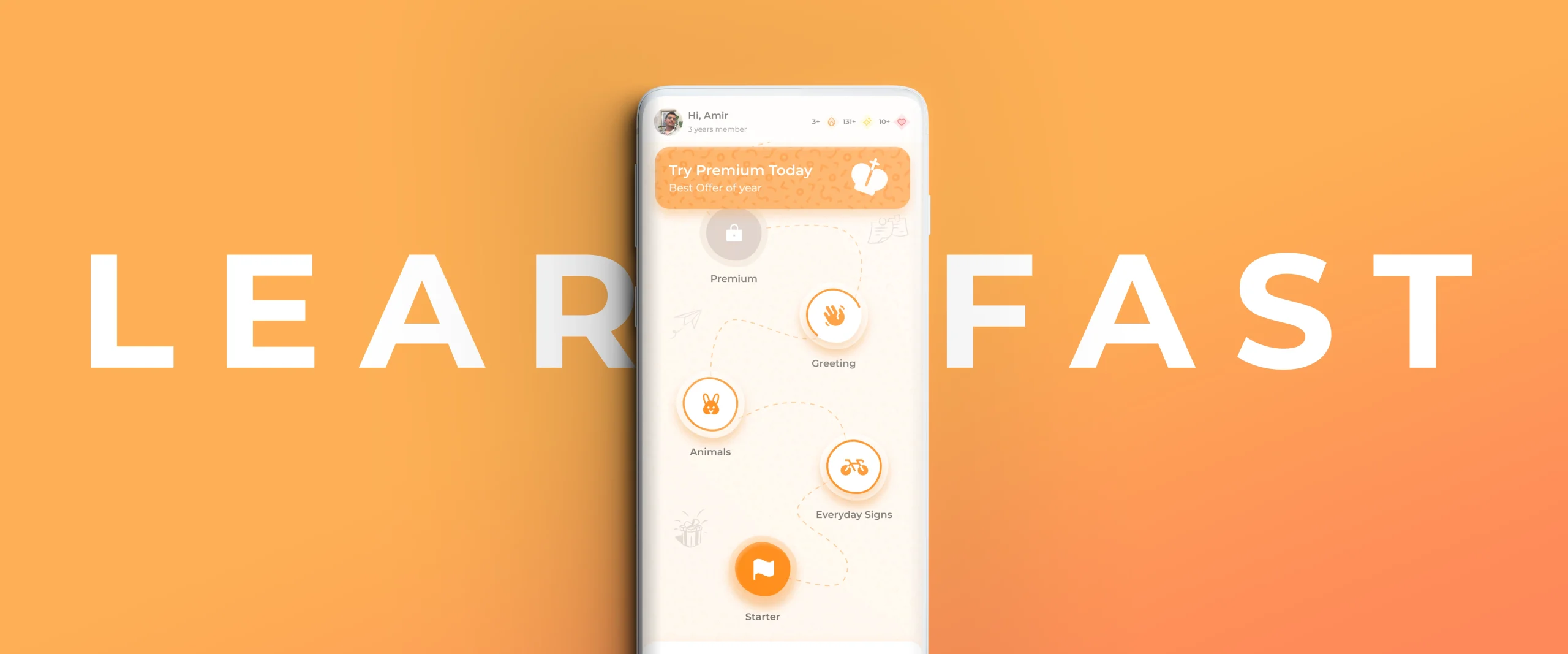
Brief
The ASL mobile app is a dynamic and interactive learning tool designed to introduce young learners to the world of sign language. It breaks down complex concepts into bite-sized units, making it perfect for the tech-savvy generation. Through engaging elements and a visually appealing design, the app fosters a fun and motivating learning experience, keeping young users interested and coming back for more
Problem
Engaging a younger generation with sign language learning often requires a balanced approach. We need to deliver educational content while also creating a dynamic, interactive experience. Traditional learning methods might feel static and dull, failing to capture their attention.
My Impact
As the UI/UX designer for the ASL mobile app, I implemented a microlearning approach. This breaks down complex topics into smaller, bite-sized units that are easier to digest and retain. Additionally, I incorporated gamification elements and a visually appealing design system to keep younger users engaged.
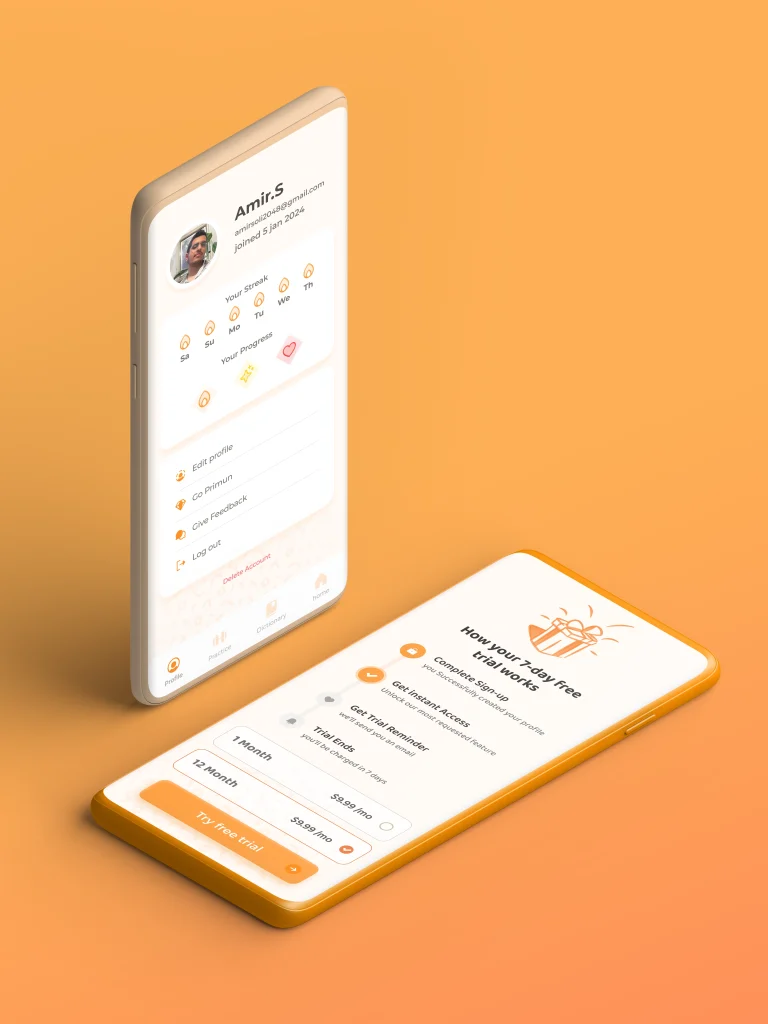
Target Community Focus
Throughout the design process, I kept the needs of deaf students at the forefront. This involved ensuring the app was accessible, with clear visuals and intuitive navigation. I also considered incorporating features like sign language recognition for user feedback and practice
Bridging the Gap
As a UI/UX designer, I played a crucial role in the development of the ASL mobile app, an innovative tool dedicated to fostering sign language learning among a younger generation. This project presented a unique challenge: striking a balance between delivering essential educational content and creating a dynamic, interactive experience that would resonate with this tech.


Microlearning and Gamification
My design solutions addressed this challenge head-on. Firstly, I championed a microlearning approach. By breaking down complex sign language concepts into smaller, manageable units, I ensured information was readily digestible and fostered better knowledge retention.
Beyond Engagement
However, my contributions extended far beyond mere engagement. Throughout the design process, I prioritized the needs of the deaf student community. This likely involved ensuring the app adhered to accessibility best practices. Clear visuals, intuitive navigation, and potential features like sign language recognition for feedback and practice would have all been crucial considerations.
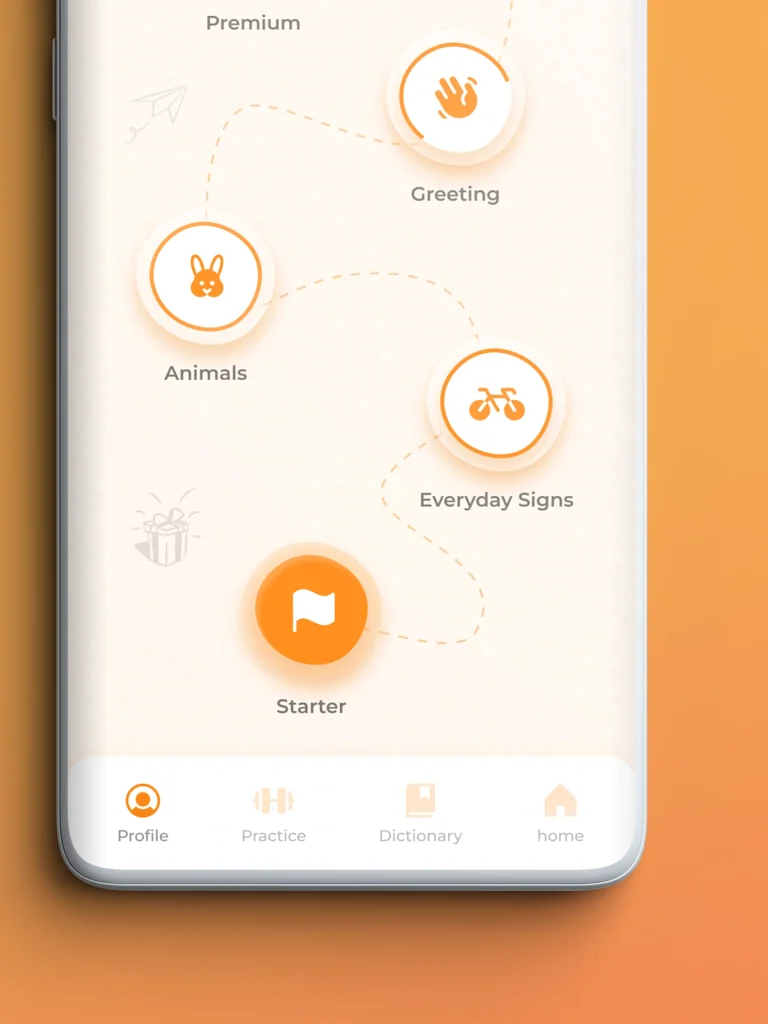
Small Video Demo
Take a look at it in motion.
Empowering a New Generation
In conclusion, my work on the ASL mobile app exemplifies the power of human-centered design. By meticulously considering the target audience, prioritizing accessibility, and implementing engaging learning methods, I have played a key role in creating a valuable resource that empowers a younger generation to embrace the world of sign language.
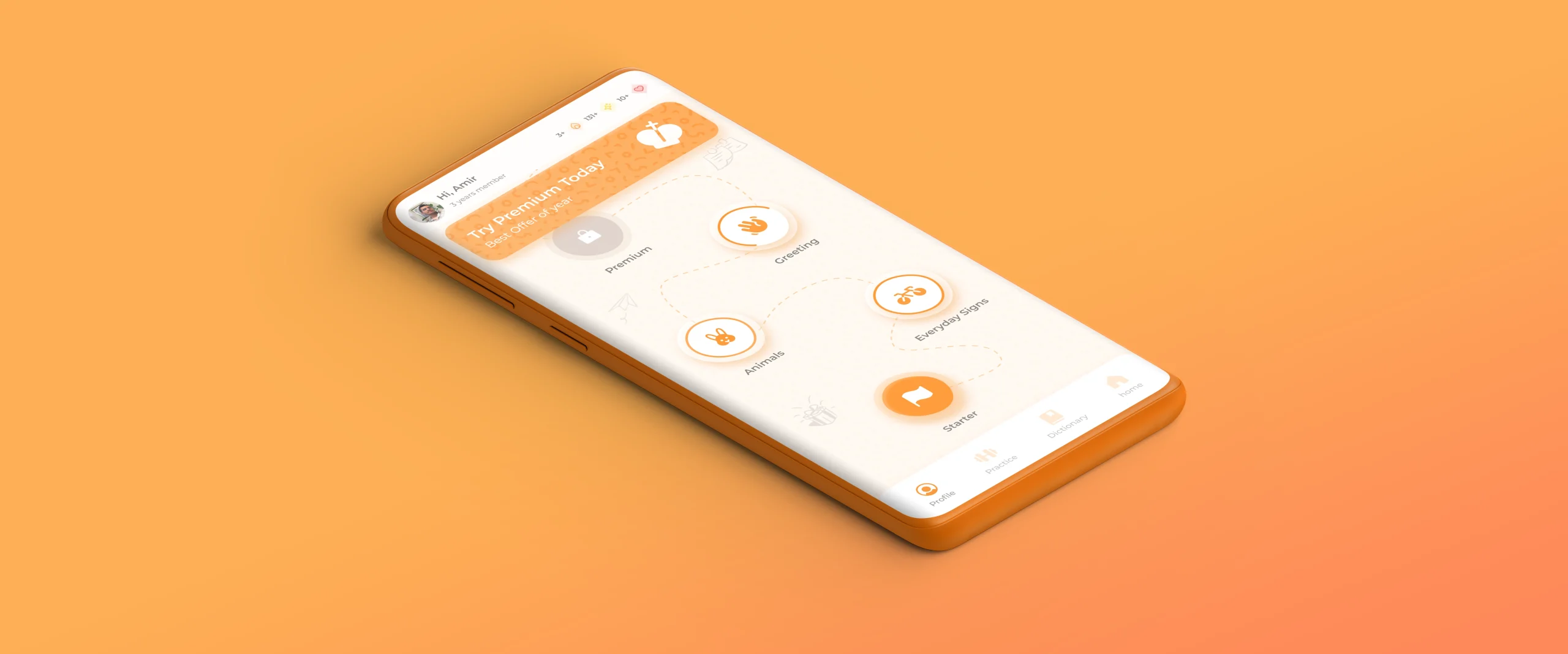




Date:
May10, 2024
Location:
London, UK
My Role:
UI/UX designer
Industry:
Learning
